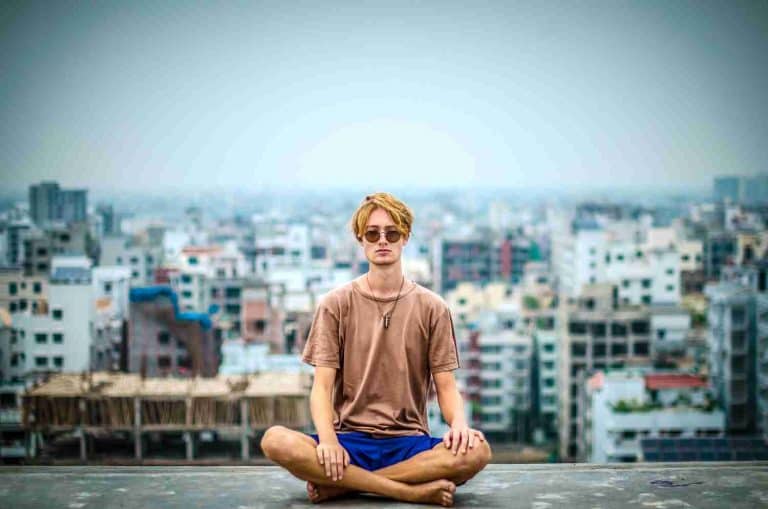Meditation gadgets are from all eras. From archaic tools to hyper-modern gadgets, many of these devices are proven to help you unplug.
Can you use a little support while meditating or practicing yoga?
Boost your meditation efforts with these products so you can beat stress, wind down, and feel more comfortable and happy.
1. Thync Relax Pro wearable ‘brain zapper’
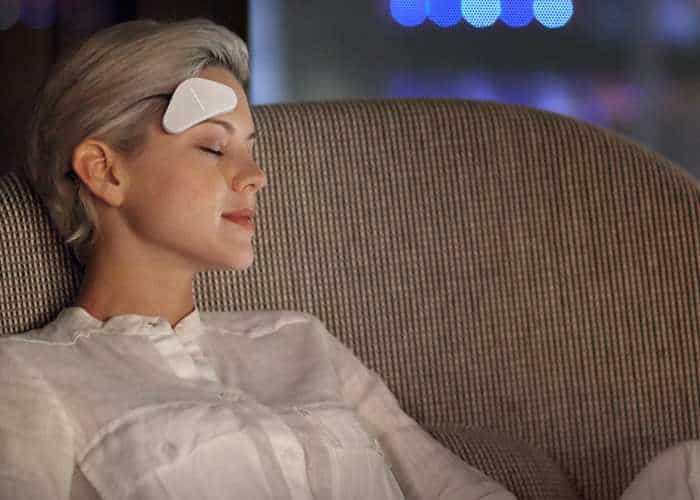
If you have trouble unplugging from your “monkey mind”, try using electronic impulses to help you chill. This gadget sticks to the skin on your forehead and emits electromagnetic waves to stimulate the nerves in your head, making you feel either more energetic or more relaxed depending on what waveform you select.
It sounds like snake oil, but the technology was developed by neuro-scientists and has been tested in peer-reviewed research. Try switching it on when you’re trying to meditate and see if it helps you to unwind faster. Its effects are likened to those of several weeks of meditating. Still, some users just don’t seem to benefit from this gadget. Others call it a godsend. Learn more here.
2. Spire Mindfulness & Activity Tracker, “the FitBit for your mind”
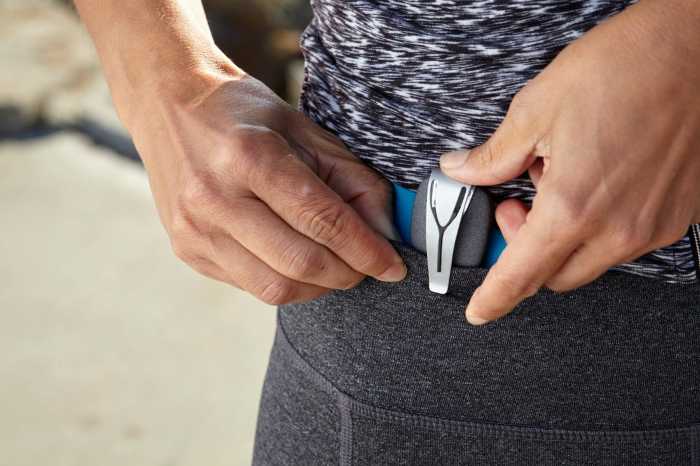
Fitness trackers are ten-a-penny, but this does so much more. In addition to steps and calories, this gadget also tracks your breathing rate and senses when you’re tense. When your body seems to be under stress the tracker sends gentle reminders to your phone.
The app offers breathing exercises and guided meditations, so you can quickly follow steps to make your mind calm. It plots your stress rate over several days, allowing you to spot patterns in your behavior and become more mindful.
Spire was designed by Stanford University’s Calming Technology Lab. Users claim it reduces headaches and fatigue, boosts calm and productivity, ensuring a more mindful day. Read reviews here.
3. Muse brain sensing headband, “Meditation Made Easy”
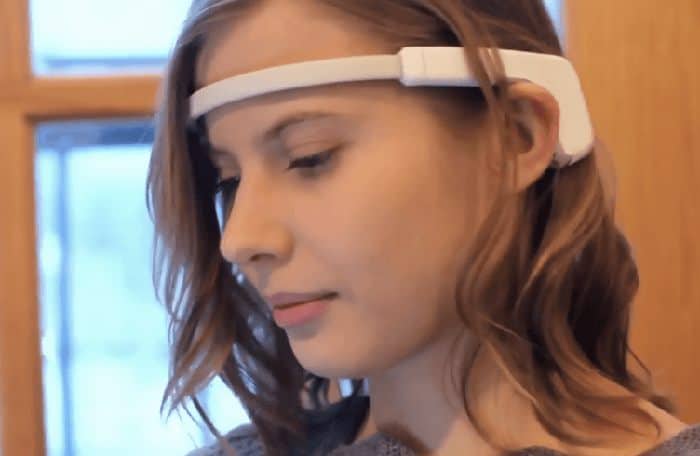
Guided meditation apps can be a great way to disconnect, but it can be hard to find one which works for you – often, they start trying to bring you back when you’ve only just started to wind down. This headband works in collaboration with an ambient noise app, to guide you through a calming meditation session which is totally personalized.
The meditation assistant knows when you’re stressed. It detects your brainwaves and feeds back to your phone: when you’re fully calm, you hear gentle weather noise, and when you’re struggling to stop thinking the app plays louder nature sounds to help you focus. More info here.
4. Tingsha cymbals, ancient calming tool
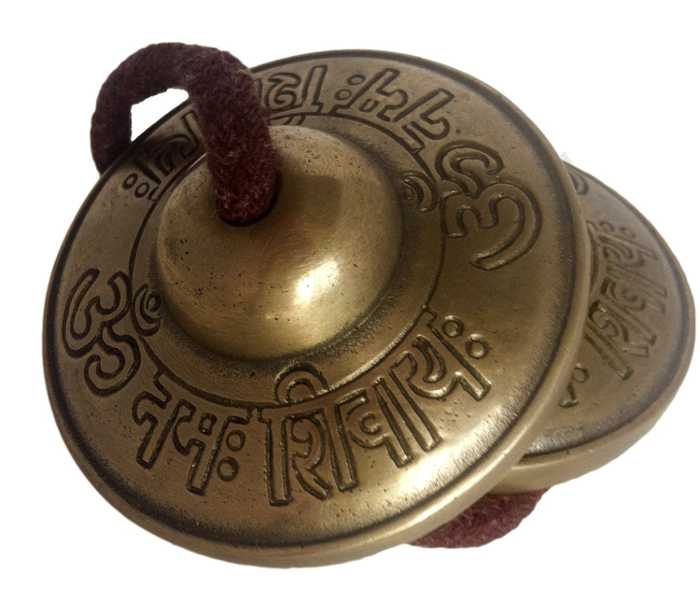
Tingsha are small hand-held cymbals, traditionally used as a meditation aid by Buddhist monks while originating from ancient shamanistic practices. When tapped together, the discs make a warm sound which resonates for a long time. Listening to the sound fade helps you to stop thinking: the ringing of the cymbals helps to block out background noise, without being so loud that it becomes a distraction.
The Chinese ritual of ‘space clearing’ is intended to remove emotional baggage in the form of energetic residue from an area (similar to sage smoke cleansing). Try sounding the cymbals a few times at the beginning of your meditation to help clear your mind.
5. Tibetan singing bowl set (bestseller)
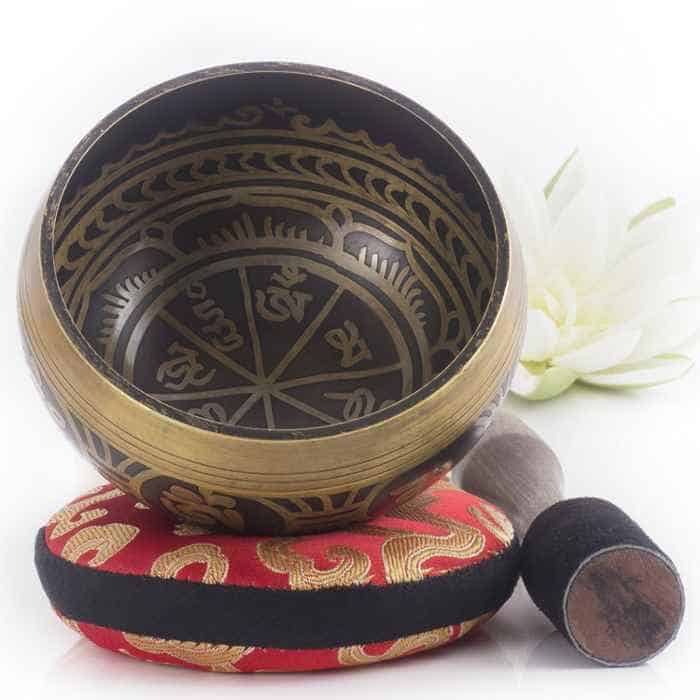
Singing bowls have been used as a meditation aid in Asia for centuries. They give off two separate but complementary tones, and the interplay between the notes makes it seem like the sound is rising and falling – perfect for clearing your mind and helping you connect to the now. The “beating” sound can be created by running a pestle around the inside rim of the bowl or tapping on the outside.
6. Meditation chimes, a mellow mark of the begin and end of a session
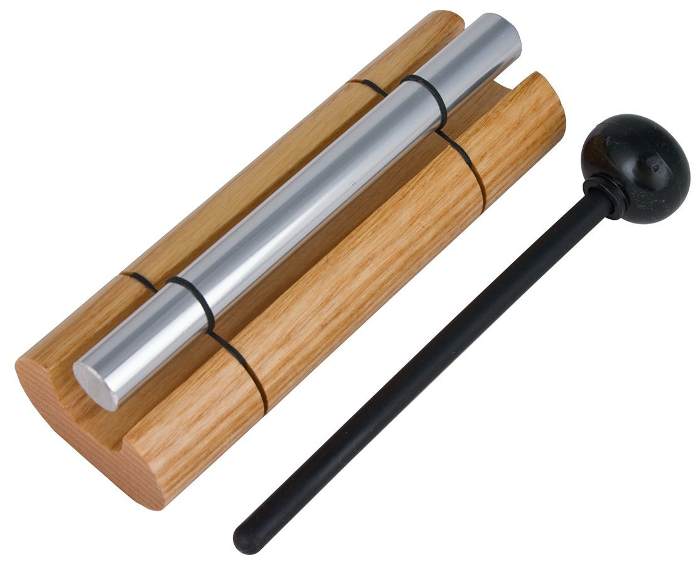
Singing bowls require a bit of skill to play, making them best for group meditation sessions in which one person guides the others. Mediation chimes create a similar “beating” sound but are easy to use when meditating solo. They seem to ring with the same pitch, but there is a noticeable pulsation; listening to the note rise and fall will help you to decompress as you begin your meditation.
7. Meditation chairs offer physical and mental benefits
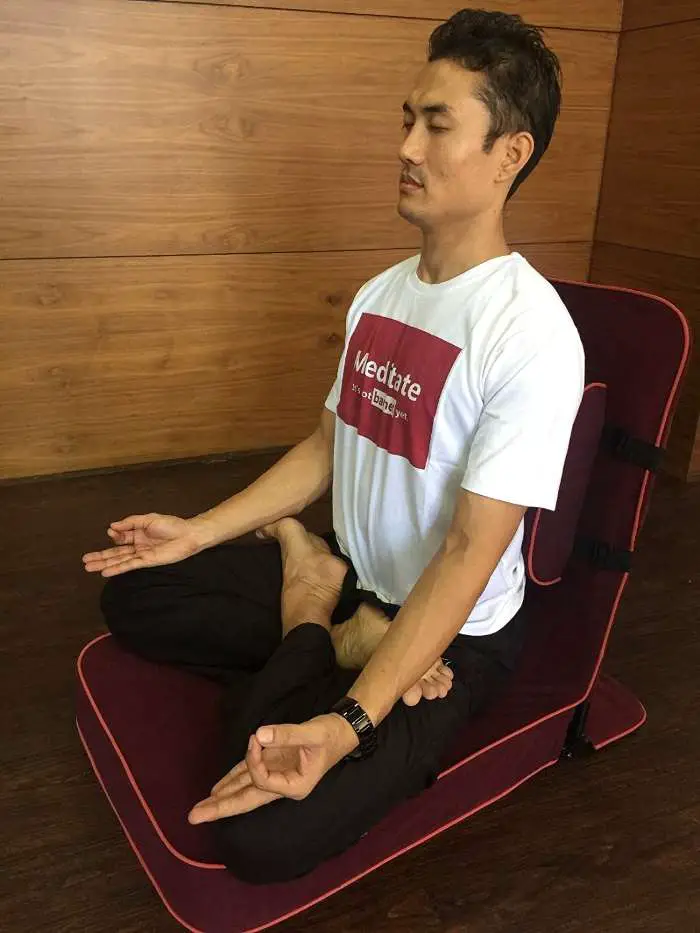
It’s tradition to sit on the ground when meditating, but it’s not always comfortable. Numb legs and back pain are a common after-effect of sitting on the floor, but meditating on a comfortable chair can often lead to falling asleep.
A meditation chair is designed to keep your hips and spine in alignment when you’re sitting cross-legged on a hard surface, allowing you to keep the traditional posture without getting distracted by aches and pains. Great for those with back aches or when taking part in long sessions.
8. Yoga cushion, bolsters expert yogis too
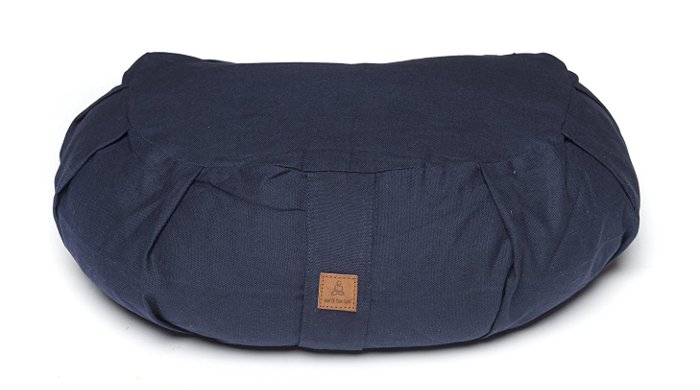
You can sit on a standard couch cushion while meditating, but they tend to get compacted into uncomfortable lumps. A specialist yoga cushion is designed to be used while sitting on a hard surface, so it keeps its shape and doesn’t get crushed flat against the ground. This means you can focus on breathing and unwinding, rather than getting distracted by niggling pains in your hips. Obviously it’s a great aid during yoga lessons too.
9. Mala beads, always have a micro-meditation session at hand

Mala beads are the oldest meditation gadget out there. Made of 27 or 108 beads on a string, they are made to help you to keep count of mantas or affirmations when meditating. Variations of this idea are found around the world, from Catholic rosaries to the “story bead” necklaces used by some Native American tribes.
The idea is that you pass into a trance-like state while reciting affirmations, helping you to ignore everyday distractions. They are also great for implementing micro-meditation into your life. Fiddle with your mala while waiting for the bus and be here now. Even if it’s for a few seconds. Here’s how to use mala beads.
10. This meditation book, because knowing why and how helps
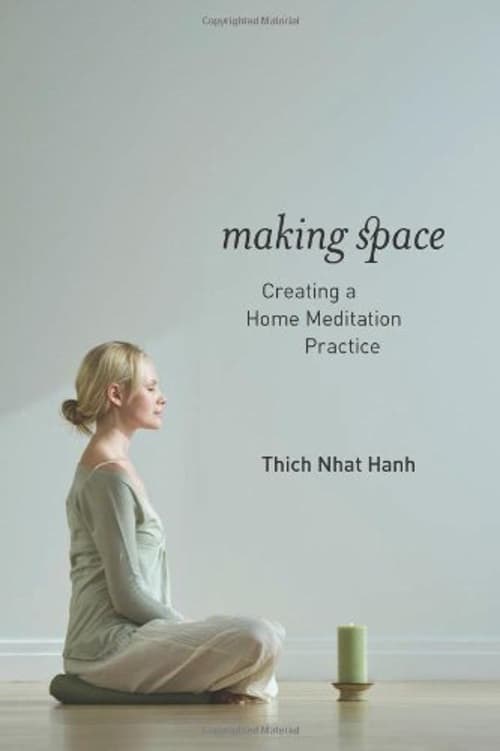
For those who are new to meditation, or who are struggling to stick with the practice, a good book can be a lifeline. This book by one of world’s most renowned zen masters, contains practical tips, like how to deal with distractions, mixed with spiritual advice to remind you of why you’re trying to meditate in the first place. Reading tips from an experienced meditator can help to deepen your practice and sharpen your focus.
11. Incense, science-backed pacifier?

Incense is used in many different religious traditions, both as a way of creating a sacred atmosphere and as a symbolic offering to the gods. It is commonly thought incense is good for the soul, wafting heavenward, carrying prayers from Hindu and Buddhist temples as well as Catholic cathedrals.
The scent is often used to focus the mind during meditation, by making a sensory demarcation between meditation time and everyday life – but the benefits go further than that.
Frankincense aka Boswellia resin, one of the oldest types of incense known to man, has been proven to reduce anxiety and depressive symptoms in mice. The exact mechanism isn’t yet fully understood, but it’s thought that mildly psychoactive compounds in the smoke activate ion channels in the brain. While meditating, try using burning frankincense to help you relax and beat stress.
12. Essential oil and diffuser, psychologically hack your mind with scents

Sometimes, associating a pleasant smell with your meditation can help you to relax. Smell has an incredibly strong link to memory, so it’s possible to train to yourself to switch off faster by always using the same scent when meditating. After a few tries, your body will start to associate that scent with the feeling of relaxation.
In addition, some scents have specific relaxing properties. Jasmine doesn’t just smell nice: it contains active compounds which are as powerfully relaxing as prescribed barbiturates. Lavender has a calming effect and reduces insomnia. Instead of using essential oil and a diffuser, try putting a bunch of fresh lavender in the room where you meditate.
13. White noise sound machine, let’s you wind down now
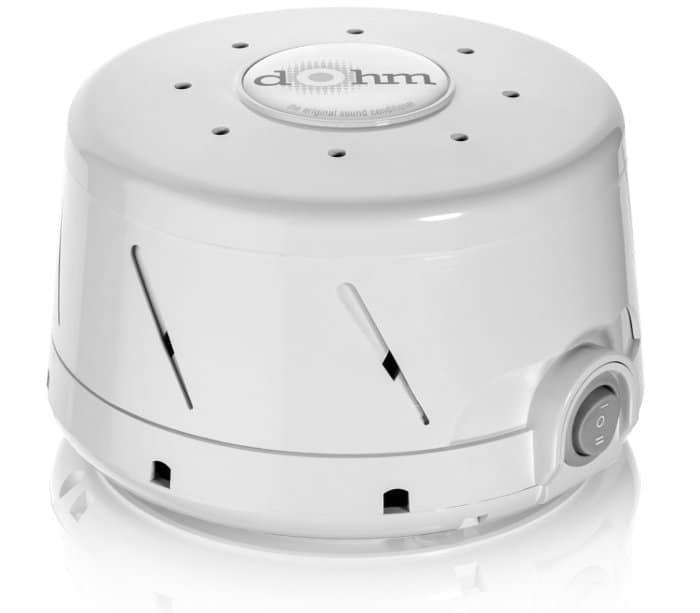
Anyone can achieve inner peace in a remote temple; it’s much harder to meditate when you’re distracted by rushing traffic or noisy neighbors. Many meditators use white noise to help them drown out background distractions.
White noise is made of thousands of different sound frequencies jumbled up together, to make a hissing noise like you get from an untuned radio; some people also like to use ambient sounds, like rainfall or blowing leaves.
Exposure to low-level white noise has been shown to help hospital patients to sleep more deeply, and improve concentration in children with ADHD. Photo: Amazon’s best selling sound machine.
14. Headspace, THE Meditation App
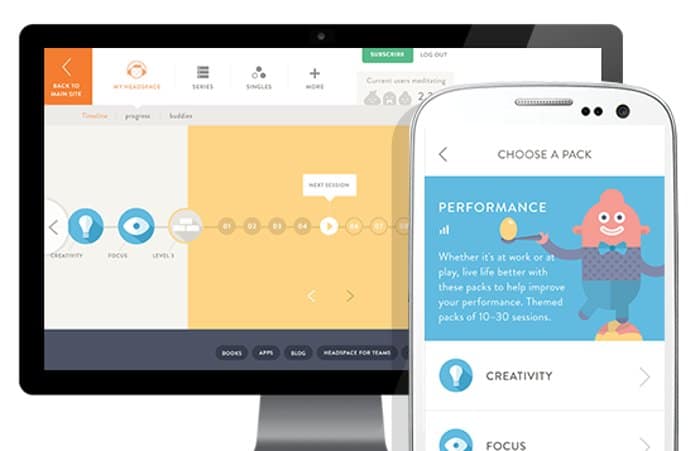
This app aims to make you more mindful through short daily exercises, from mindfulness reminders to guided meditations. Though purists will balk at the idea of using your phone to help you meditate, many people love this app as a low-effort way to become more mindful. The free app is ideal for beginners who are new to meditation, or you can pay to upgrade to a larger library of content.
15. MeloMind, mellow out by zoning in to your brain activity
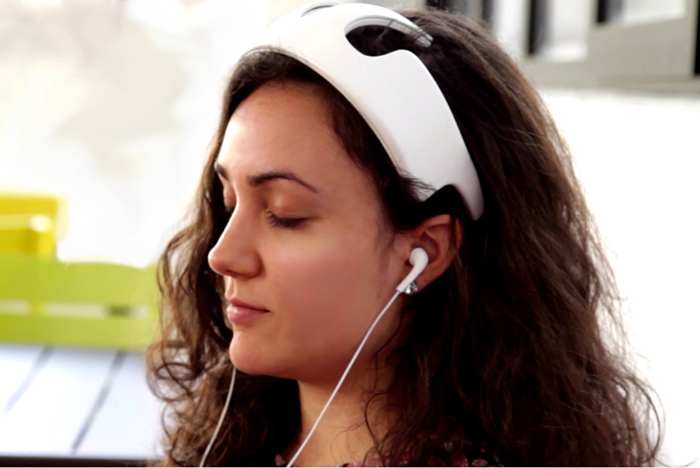
Not necessarily a meditation aiding device, but this headset and app help you manage stress by monitoring your brain waves. Based on this monitoring relaxing music is played while the effects of this relaxation session is recorded in the app. By delivering feedback on your ability to wind down Melomind intends to help you reduce stress more efficiently.
Which meditation aid do you dig?
Do you use any kind of tools, techniques, or gadgets to help you chill out? Share your experiences or questions in the comments below.
Want more?
Sure you do!
These are the best relaxation gadgets for women
Quick ‘n easy ways to add some zen to your life
Last Updated on April 14, 2017 by Tyler

